Vhat’s the Wurst Thing You Can Do with Seafood? Seafood Sausage
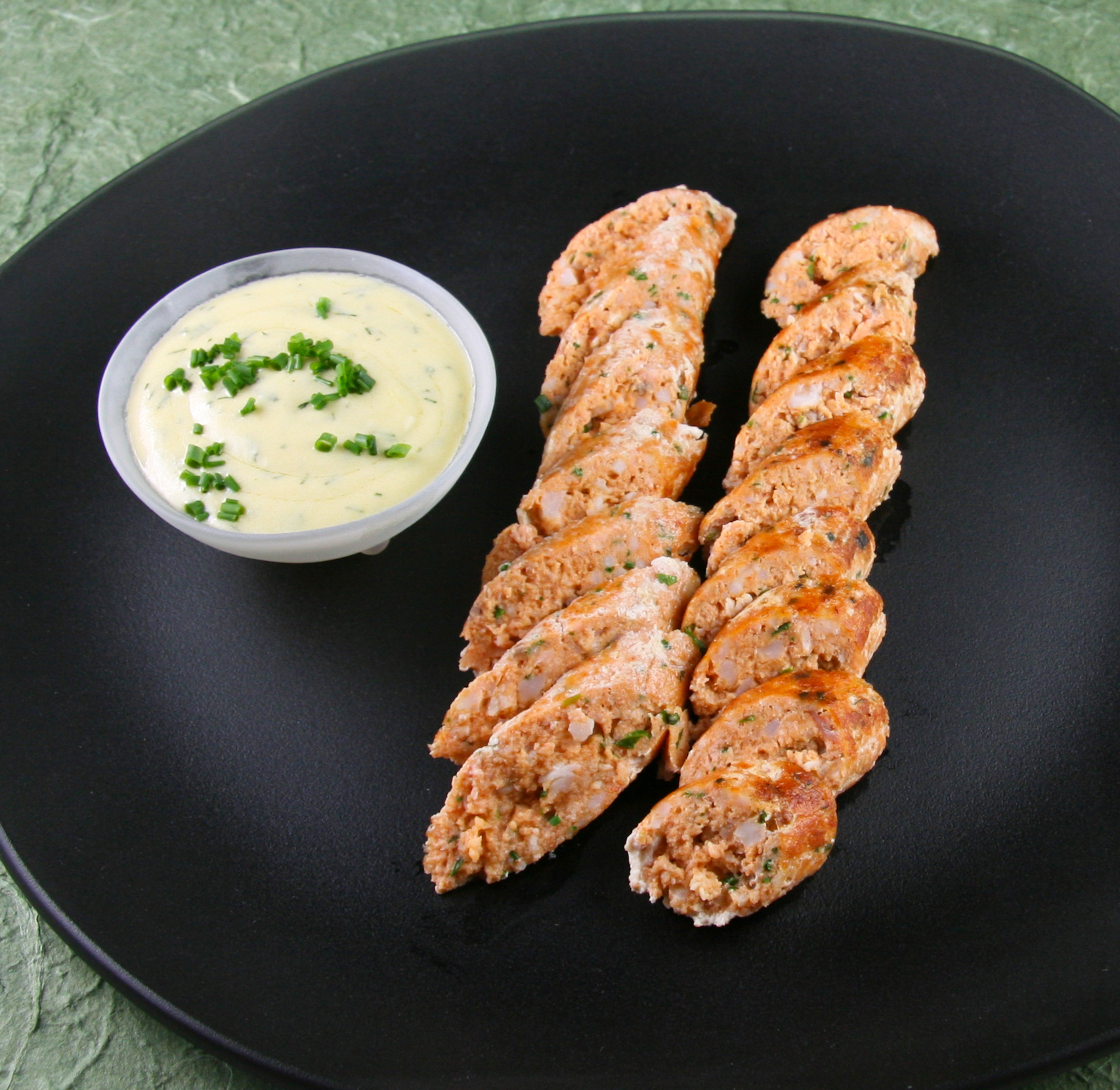
Seafood Sausages with Creamy Mustard-Dill Sauce
My love for seafood began early. My parents loved seafood, and a favorite Sunday outing was lunch at Jay’s Marine Grill on Oak Lawn Avenue in Dallas, Texas. I don’t remember what I ordered or was ordered for me, but I do remember enjoying my first fried oyster and scallop from my mother’s plate. And there was this delicious deviled crab meat served in the actual top shell, glowing with copious amounts of paprika. It was spicy and I loved it. In addition to the seafood, I remember their scrumptious onion popovers which were passed around the dining room fresh from the oven. Slathered with butter, those babies took me to new juvenile culinary heights.
My parents, Evie and Geoffrey Price, also had a habit of occasionally preparing something for themselves and something different for me. That drove me nuts! When I would ask what they were eating, they would tell me and ask if I wanted some, which, of course, I did. That’s how I came to taste and love calves’ liver and onions. That reverse psychology worked for many things until the time I asked and the answer was “calves brains and eggs.” Yikes! I replied that I was fine with my Spam and home fries. And there was the time I spotted them snacking on pickled pigs feet and just decided not to ask. (My parents grew up on farms where “Waste not, want not” was the motto.)
For the past twenty years I have been confronted with numerous mind-boggling foods and condiments from the Asian world. Most of them I take to as I did with the liver and onions. However, there are some, like fermented shrimp paste and fish bladder soup, where I dig in my heels in and draw the line. Like nam pla (fish sauce), shrimp paste probably transforms itself when combined with other ingredients and merely becomes a subtle flavor layer. But the smell of it in the jar takes me on an olfactory blast-off of dizzying heights, leaving me gasping for fresh air. It is so loved by the others in our home that I promise to keep trying. I also suspect that some of my experimental concoctions are in the “Twilight Zone” for Vic’s mom, Pranee. I know when I hear her say, “Oh, something different,” I’m challenging her.
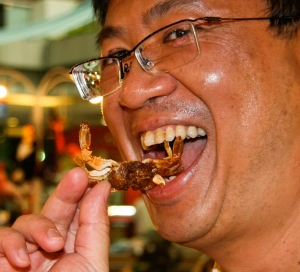
Vic taunts me with a candied land crab.
Speaking of challenges, when Vic and I were in Bangkok, he spied candied crabs in a market and dared me to eat one. Not wanting to be called a culinary wuss for the rest of the day, I took him on. It wasn’t bad—sweet with sugar, crunchy from the shell with caramelized sugar, and briny-sweet from the crab meat. Think of it as “crab brittle.” I imagine Thai ladies keeping decorated boxes of candied crab next to them to nibble like chocolates while reading Thai romance novels.
There were so many opportunities to try unfamiliar seafood in Thailand, from blood clams to almost-foot-long grilled prawns. Vic loves the blood clams so much that I gallantly let him have all but the one I had bravely tried. The prawns, I learned, were rare and pricey, and we were honored that his Uncle Pralop went to great expense for us to enjoy them. They were very tasty indeed and a lot of a good thing.
Having lived on both east and west coasts for the past twelve years has allowed me access the best local seafood and to prepare it so many ways. While living in Baltimore, I once asked my favorite fishmonger to teach me how to bone a whole flounder and leave a pocket to fill with a crab and shrimp stuffing. I could get varying sizes of flounder from those small enough for one person to some large enough to serve 6-8 or even more. Those large ones coming out of the kitchen on a platter did have a wow factor.
My inspiration to make a seafood sausage came from a cookbook I purchased many years ago called Spa Food, by Edward J. Safdie, a beautiful pictorial book with recipes from The Sonoma Mission Inn. In there is a photo and recipe for their Seafood Sausage which is described as “a delicate sole mousse mixed with fresh herbs, diced seafood and sautéed greens.” Other than the preparation method, that’s all I needed to take off on my own.
You could give the following recipe a Thai touch by replacing the spices and herbs with julienned kaffir lime leaves, cilantro and a touch of Thai red curry. Use your imagination. Take it to the Deep South, if you wish, with Creole seasonings.
Smoky Seafood Sausages with Creamy Mustard-Dill Sauce
For the Sausages:
Dover sole fillets are outrageously inexpensive here in Oregon, and that allows you to augment with other seafood such as lobster, shrimp, salmon, and scallops. No rules on the ingredients.
The sole, some of the shrimp and the egg white will be the “paste” that binds the other ingredients together. The Chinese use finely chopped shrimp for the same reason in pork siu mai, a popular dumpling in dim sum restaurants.
- 8 oz. (225 g.) Dover sole fillets
- 4 jumbo shrimp, chopped
- 4 oz. (115 g.) salmon, chopped
- 2 sea scallops, chopped
- 1 small lobster tail, chopped
- 2 large egg whites
- 1/3 cup (80 ml.) heavy cream or regular milk
- Salt and freshly ground white pepper to taste
- 1½ tablespoons (25 ml.)fresh tarragon
- 1½ tablespoons (25 ml.) fresh chives
- 2 teaspoons (10 ml.) smoked paprika or to taste
- 1 teaspoon (5 ml.) lemon juice
- A dash of Pernod, Ricard or Ouzo (optional)
- In the bowl of a food processor, blend the sole along with 1/3 of the shrimp, the herbs, salt and pepper, cream or milk, and Pernod to a fine purée.
- Roughly chop the remaining seafood and add to the bowl.
- Process in pulses to mix all together.
- Put the seafood puree in a sealable bag and snip one of the corners so you can “pipe” the mixture onto the plastic wrap, leaving about 2″ (2.5 cm,) on the ends of the extruded line of mixture (see next note below).
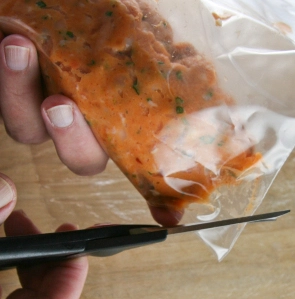
Clip one corner of the bag large enough to extrude the mixture
- On a work surface, place a generous 12-inch (33 cm.) length of plastic wrap and weight the end farthest from you with a heavy object.
- Pipe the mixture onto the plastic wrap, moving from one edge to the other, leaving a couple of inches on either end of the mixture.
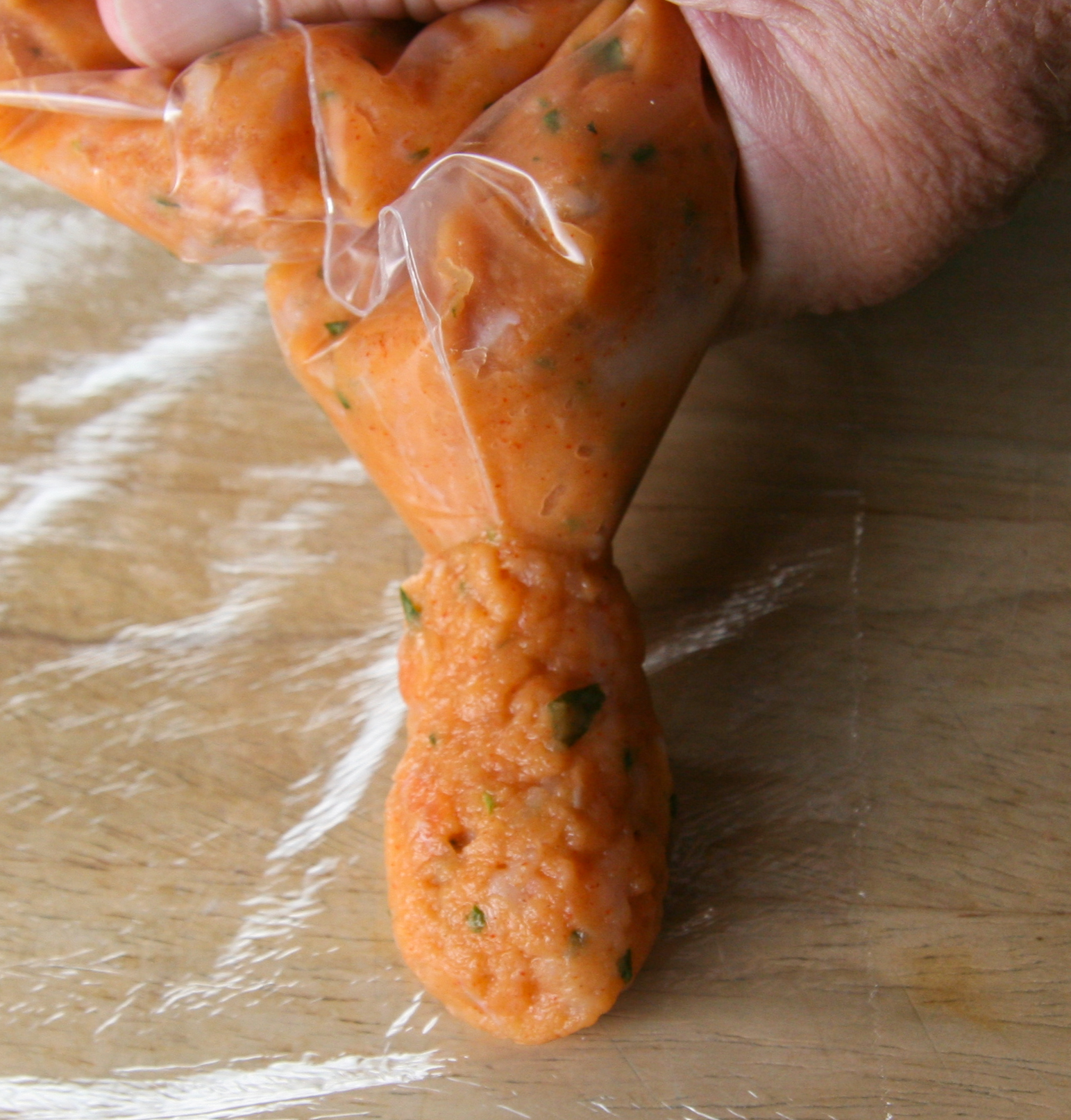
Extruding the sausage mixture onto the plastic wrap
- While pulling the wrap toward you, gently and tightly roll up the seafood, keeping the plastic tight.
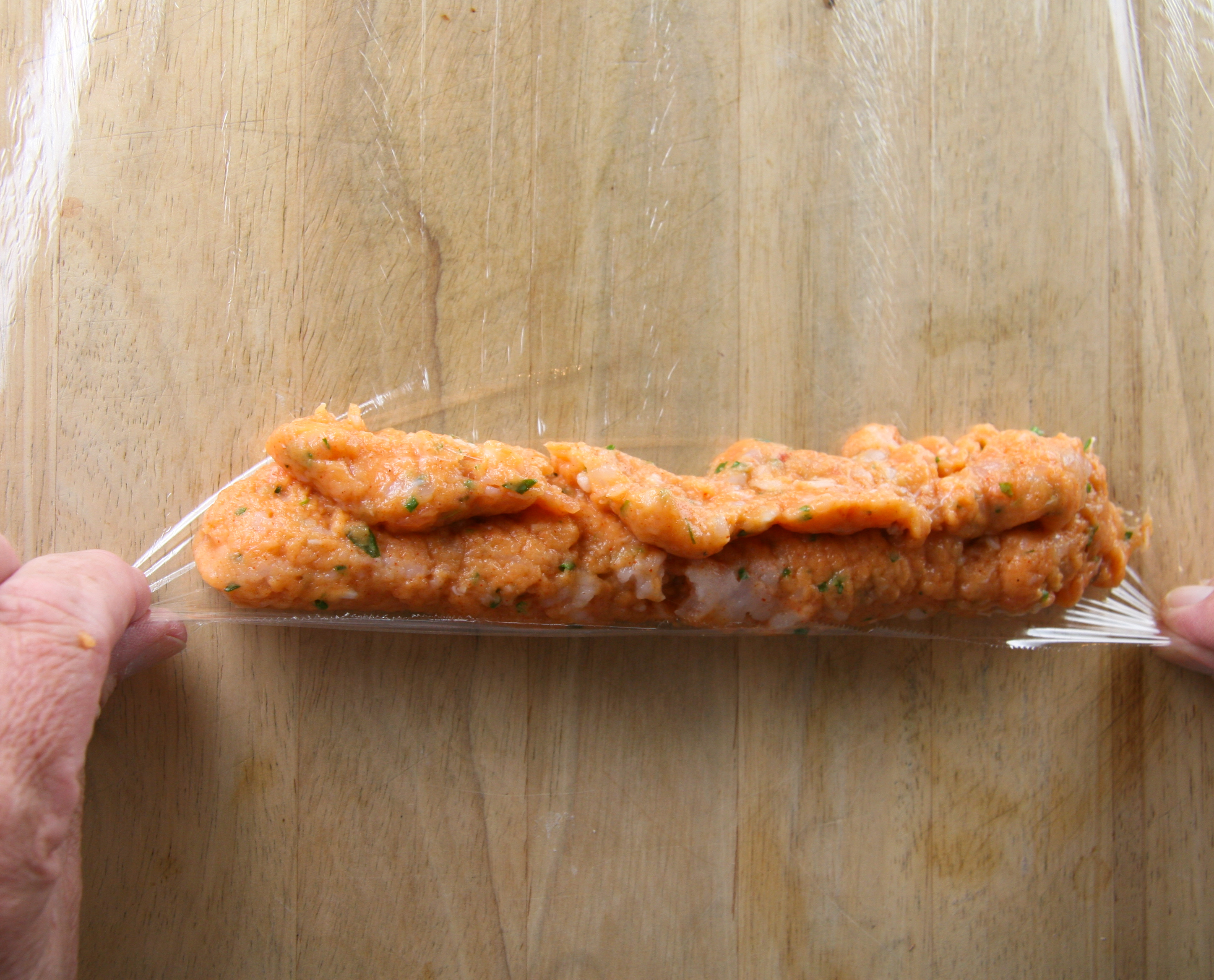
Roll up the sausage while pulling gently toward you to keep the mixture tight
- When you have reached the end of the wrap, twist the ends and secure with a small rubber band or clip that will survive boiling water.
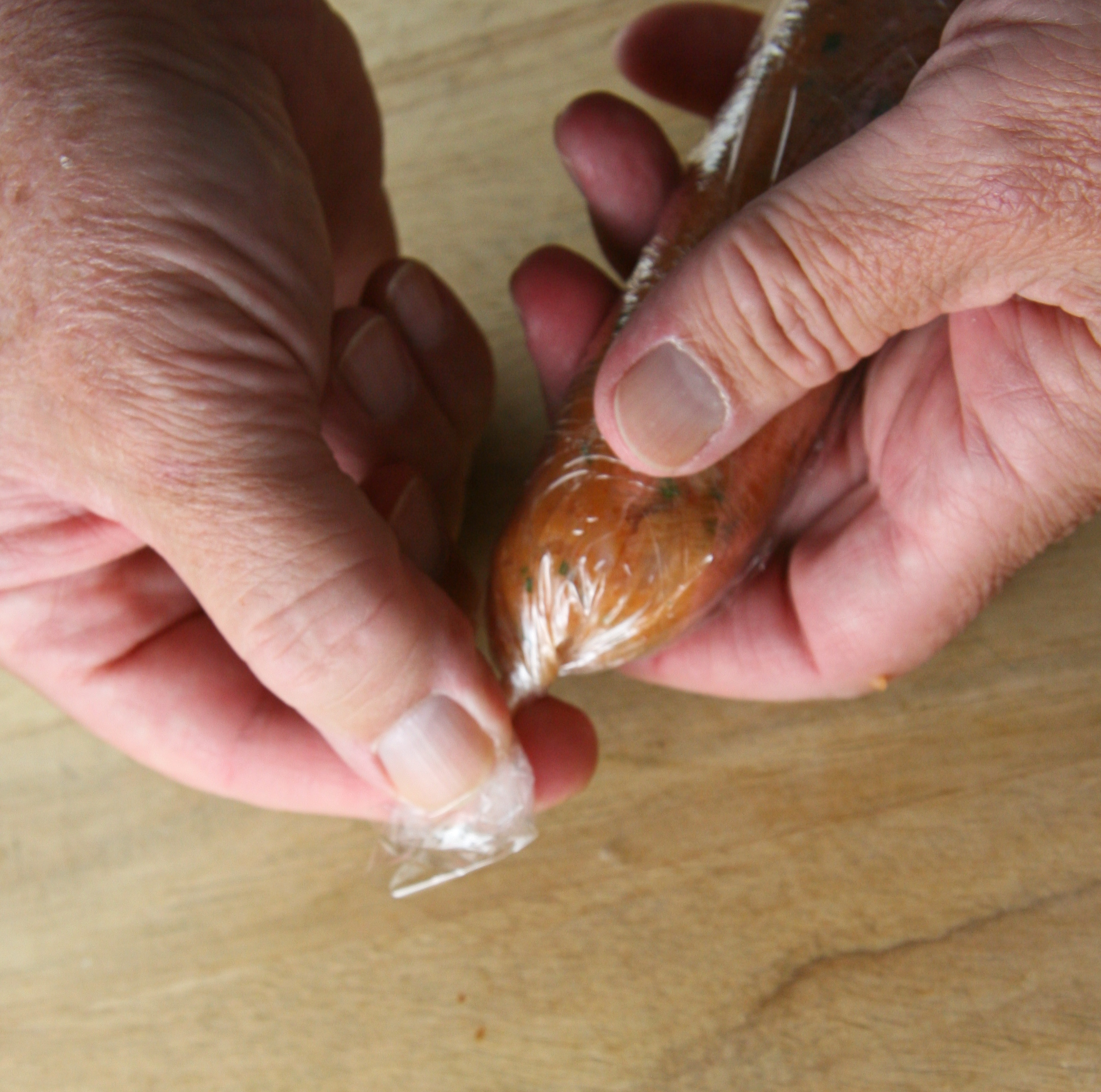
Twist the ends tightly the same direction as you rolled them and secure with small rubber bands or paper clips.
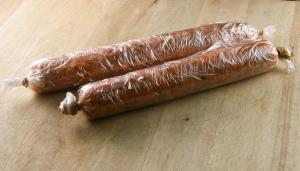
Fully prepped sausages ready to cook
- Repeat this with the remainder of the seafood.
- Refrigerate the rolls for a couple of hours or so to set up.
- Bring some water to a boil in a sauce pan large enough to hold 2 of the rolls.
- Poach for about 4-6 minutes, rolling them over occasionally to cook evenly. They will float.
These are actually cooked now and can be eaten. However, I do recommend removing the plastic wrap and either browning the sausages in some butter or oil in a non-stick sauté pan or placing on an oiled grill for a heavier smoky flavor. Note: These sausages are very fragile. If you choose to put on a grill, use a porous non-stick tray and oil it to keep them from sticking.
Serve with the Mustard-Dill Sauce.
For the Mustard-Dill Sauce: (Adapted from a Saveur Magazine recipe)
- 2 tablespoons (30 ml.) Dijon mustard
- 1 tablespoon (15 ml.) fresh lemon juice
- 1 tablespoon (15 ml.) white balsamic vinegar
- 1 teaspoon (5 ml.) sugar
- 5 tablespoons (75 ml.) extra-virgin olive oil
- 2 tablespoons (30 ml.) heavy cream
- 1 tablespoon (15 ml.) finely chopped fresh dill
- Whisk together Dijon mustard, lemon juice, vinegar, and sugar in a medium bowl. While whisking, slowly drizzle in olive oil until smooth.
- In a separate bowl, vigorously whisk heavy cream to stiff peaks. Gently fold the whipped cream and dill into the mustard sauce.
Makes about 2/3 cup (160 ml.).
Note: This sauce would be a perfect accompaniment to Gravlax.
We enjoyed this meal with Elk Cove Vineyards 2008 Willamette Valley Pinot Blanc. In their words:
“Completing the third leg of our trilogy, Pinot Blanc is true to our style of white wines; clean, crisp and focused on the fruit. While great ripeness is apparent in this wine, lean and racy also describes the 2008 Pinot Blanc. This fruit is blended not only of both Elk Cove Vineyards’ Estate and Mount Richmond vineyards, but also one other select site in the Willamette Valley, Tukwilla near Dundee. We hope you enjoy this wine selection from Elk Cove Vineyards.”
Enjoy!
— Charles
Category: Herbs, Seafood, Wine/Wineries
About the Author (Author Profile)
Music, food and photography are at the center of Charles’ life. He performed with the Dallas Symphony, Dallas Opera and was assistant principal bassoonist with the Fort Worth Symphony for more than 20 years. When Charles and Victor moved to Baltimore, Charles created Lone Star Personal Chef and Catering Service and taught cooking classes at Williams-Sonoma. Now in Salem, Charles is a Realtor with Coldwell Banker Mountain West Real Estate, taught cooking classes for children at the A.C. Gilbert Discovery Village, and owns and operates Charles Price Photography. Charles and Vic enjoy entertaining and frequently host dinners as fundraisers for local non-profits and charities


















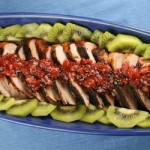
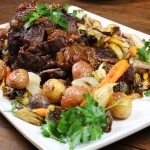
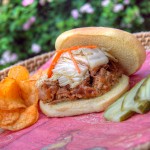
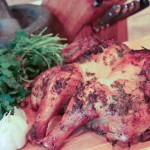


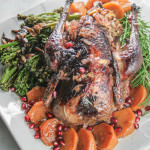
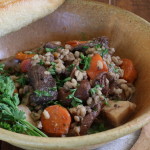
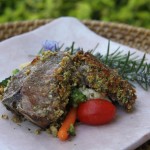
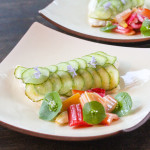
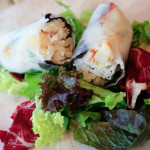
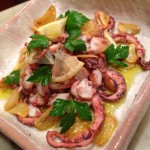

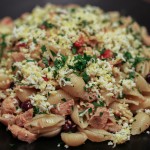
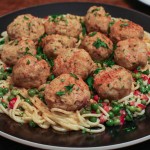
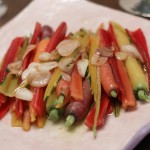
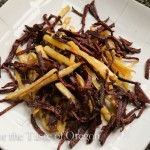

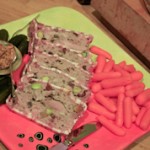
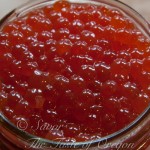
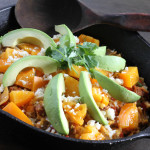
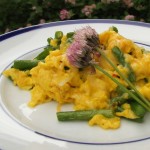
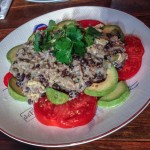
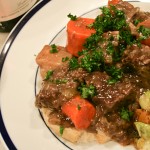
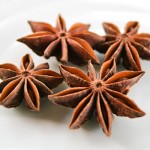
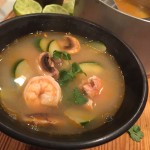
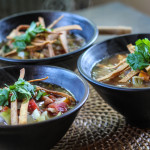
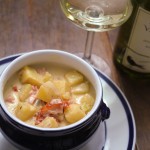
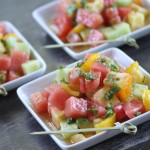
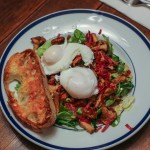
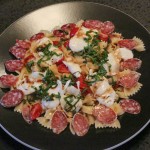
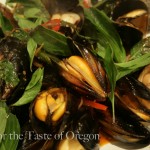

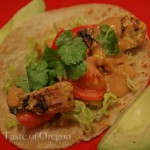

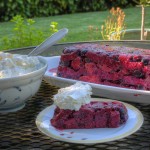
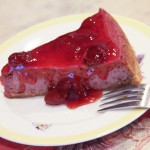
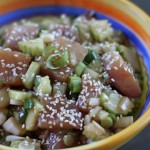
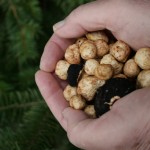
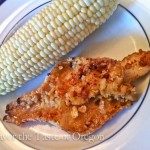


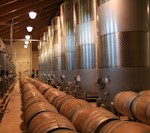
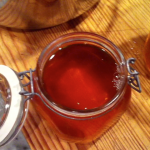





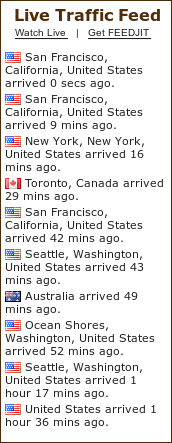




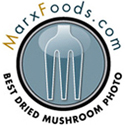
I like … gives new meaning to Ballpark Franks
This sounds absolutely fabulous !
However, I think I’ll omit chives to be replaced by fresh ginger and replace Pernod by white vermouth which normally goes very well with seafood.
Your idea of giving it a Thai twist made me salivate abundantly… This will have to be experimented… as well as a creamed green curry sauce to go with it…
And I will have to chat up my pork butcher to get real pork casing to avoid plastic wrap and also make it easier to handle.
Also a ‘beurre blanc’ ( hot butter, shallot and vinegar sauce ) or a white vermouth sauce made with lobster butter ( one or two small jars ) and cream could go nicely…
This is the most exciting recipe for days ! Thank you !
Your ideas are right on - go for it and thanks for the suggestions. I’ve already been thinking of revisiting this my self with a different twist. Please keep me posted on where you go with this and thanks for your kind words. Charles
Charles,
I remember fondly Jay’s Marine Grill as we went there often. I also enjoyed eating the brains and eggs and the pickled pigs feet and the liver and onions.
Keep up your good work.
Marlene
There is absolutely nothing horrible about seafood sausage! We’re just dreaming of what side dishes for fish we can add to this recipe. Although, the sausage tastes so good alone a side dish may not be necessary!